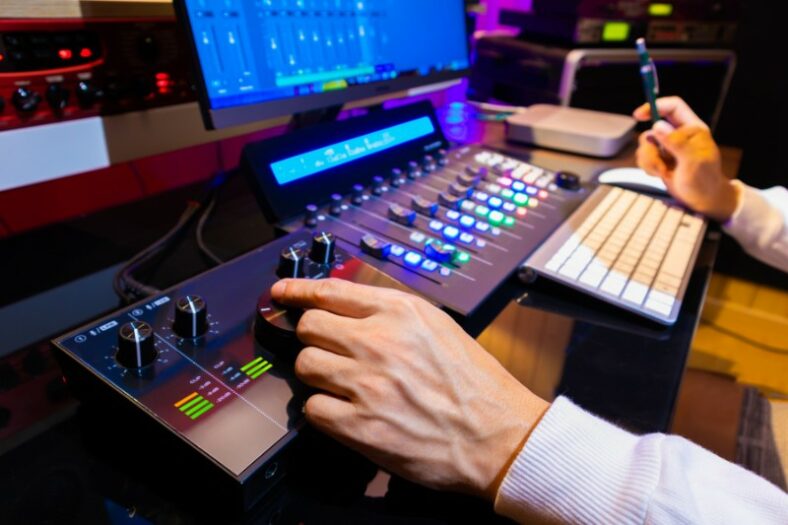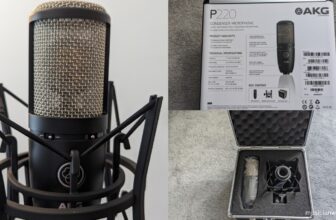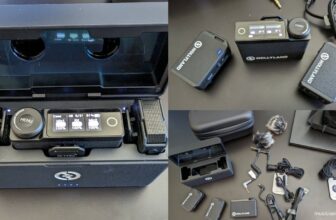How To Set Your Mic’s Gain/Level (Beginner’s Guide)

To set your mic’s gain level, you just need to guarantee you’re not recording too hot or too quiet. Monitor your VU meter (either in the audio interface or your preferred DAW) and stay away from the red meter (green is ideal) while also ensuring your recording isn’t excessively quiet.
Recording too hot isn’t advised because it can result in clipping, which gives way to unwanted sound artifacts and reduces audio quality. Recording too quiet isn’t recommended because excessively-quiet tracks need to be driven up, and adding too much gain to an audio recording brings up the noise floor levels.
For avoiding overly-hot and quiet recordings, the most important thing is to make sure there’s enough audio going through the VU meter (meaning there’s some visible green in there) while also preventing it from going red and, ideally, orange.
In terms of headroom, it’s advisable to keep audio recordings above the -18dB line and below the -6dB line (before mixing and mastering). However, please keep in mind these numbers aren’t set in stone: if you have an audible, good-sounding vocal track that never clips, then you’re probably okay going a bit over or under -6/-18dB.
If your vocal recording is too quiet even though you’re adding lots of gain, then you’re probably singing too farther away from the mic. The opposite can happen when one sings too closely to the mic. In terms of mouth-to-mic distance, the experts recommend six inches as a rule of thumb.
With time, you’ll learn to avoid gain mistakes when recording. For other avoidable recording mistakes, please check 10 Home Recording Mistakes To Avoid.





